As Delhi-NCR emerges as a major hub for high-rise buildings, many exceeding 29 floors, it is important for residents and prospective buyers to understand the safety aspects of these towering structures. While modern construction technologies claim to enhance earthquake resistance, such assertions can often be misleading.
India currently lacks a precise legal definition of "earthquake-resistant" buildings, posing a significant challenge given the country’s seismic activity and history of building collapses. Existing building codes do not comprehensively define earthquake resistance, making it imperative for builders and regulatory bodies to ensure continuous compliance with safety standards.
Evaluating Earthquake Risks in High-Rises
A recent 4.0 magnitude earthquake in Delhi-NCR raised concerns, particularly among residents of high-rise buildings in Noida and Ghaziabad. Although the tremor was mild, it heightened anxieties about structural safety and the potential impact of aftershocks.
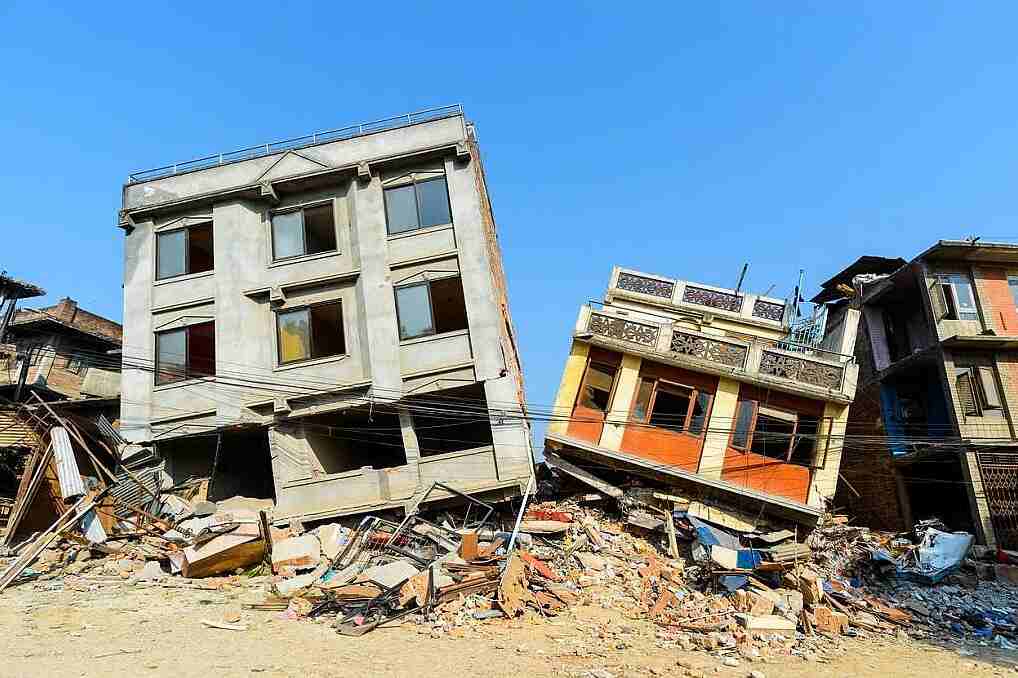
Source: (downtoearth)
It’s important to recognize that terms like "designed to Zone 4 or Zone 5 standards" do not imply absolute earthquake protection. Buildings advertised as earthquake-resistant generally meet only the minimum regulatory standards. Claims of earthquake resistance should be backed by specific details about structural design and adherence to safety norms for seismic Zone 4.
Categories of Earthquake-Resistant Buildings
In India, many buildings are marketed as earthquake-resistant without clear specifications on their actual seismic performance. Earthquake-resistant buildings fall into four categories:
- Type A: Designed to remain fully operational after an earthquake.
- Type B: May sustain minor cosmetic damage but remain structurally sound.
- Type C: Can endure significant damage but are repairable.
- Type D: The lowest category, which may suffer irreparable damage.
Understanding these classifications is vital for homebuyers. A Type B building, though potentially more expensive, offers greater safety post-earthquake compared to a Type D structure. Despite regulations requiring disclosure of a building’s earthquake resistance category, enforcement remains inconsistent.
Seismic Zones of India and Earthquake-Prone Cities
- Zone-V comprises the entire northeastern India, parts of Jammu and Kashmir, Himachal Pradesh, Uttaranchal, Rann of Kutch in Gujarat, part of North Bihar, and Andaman & Nicobar Islands.
- Zone-IV covers the remaining parts of Jammu & Kashmir and Himachal Pradesh, Union Territory of Delhi, Sikkim, northern parts of Uttar Pradesh, Bihar and West Bengal, parts of Gujarat, and small portions of Maharashtra near the west coast and Rajasthan.
- Zone-III comprises Kerala, Goa, Lakshadweep islands, remaining parts of Uttar Pradesh, Gujarat and West Bengal, parts of Punjab, Rajasthan, Madhya Pradesh, Bihar, Jharkhand, Chhattisgarh, Maharashtra, Orissa, Andhra Pradesh, Tamil Nadu, and Karnataka.
- Zone-II covers the remaining parts of the country.
According to private agency weather forecaster, these are the five earthquake-prone Indian cities:
- Guwahati: The city is a part of Zone 5 of the seismic zones in India, making it prone to earthquakes. Guwahati has witnessed some devastating earthquakes, and tremors are quite common in the area.
- Srinagar: Jammu and Kashmir’s capital is another earthquake-prone city in India. It also comes under Seismic Zone 5.
- Delhi: India’s capital city ranks third in the most earthquake-prone areas of India.
- Mumbai: Mumbai falls in Seismic Zone 3. The location of Mumbai, which is on a coastal line, increases the risk of a tsunami.
- Chennai: Chennai used to lie in Zone 2. But, recently, the city has shifted to Zone 3.
How to Design Earthquake-Resistant Buildings
When professionals design and construct buildings, they assess how to reduce risks. Following the applicable codes is one way to do that. Besides the international building codes that regulate the design, construction, alteration, and maintenance of new commercial and residential buildings, there are seismic codes. These are provisions that ensure structures can withstand earthquake forces.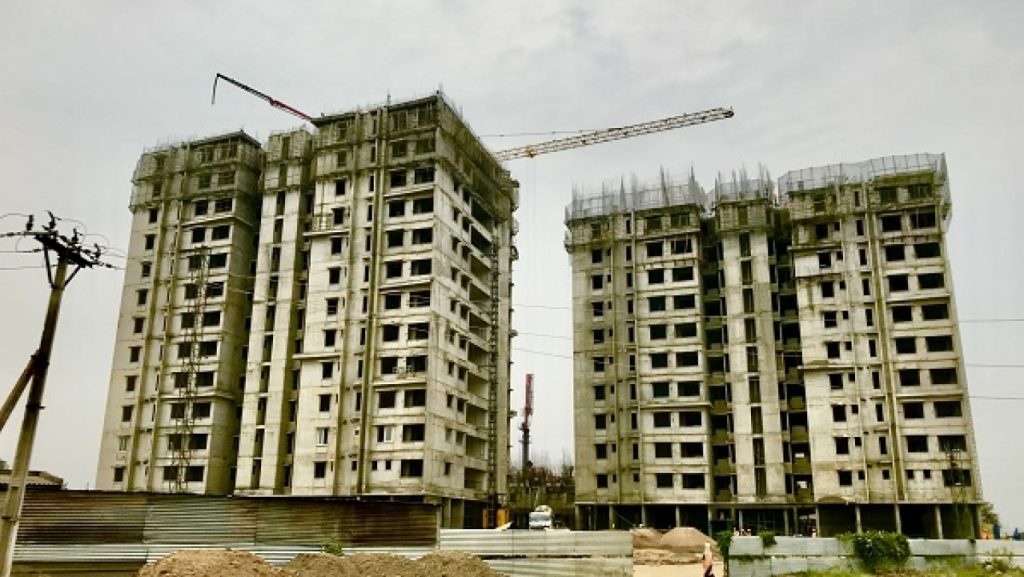
(Source: indiainfrahub)
Buildings made to withstand earthquakes may not look remarkable from the outside. However, numerous aspects make them more resilient during these disasters. Here are five of them:
1. An Appropriate Foundation
Creating a flexible foundation for a building could help it stay standing during an earthquake. One option is to build the structure on top of pads that separate the building from the ground. Then, the pads move, but the building stays still. Another possibility is placing a solid foundation slab made of reinforced concrete and crisscrossing strips atop an intermediate cushion of sand. This helps keep the building’s base away from the soil, making it more resistant to seismic forces.
2. Seismic Dampers
Earthquake-resistant buildings also need features to help absorb shocks. People more commonly refer to them as seismic dampers. Engineers worked with NASA to develop damper systems for swing arms on its rockets in the 1960s. Seismic dampers absorb destructive energy, protecting the building from sustaining it. Another approach involves putting a thin layer of graphene on top of a natural rubber pad. Researchers believe this will be a low-cost damper option for commercial and residential buildings.
3. A Drainage Mechanism
Pooled water can create structural complications, and when earthquakes occur in places with loose, sandy soils, liquefaction can cause buildings to sink or move. Proper drainage mechanisms help collected water escape, preventing liquefaction.
4. Structural Reinforcement
Engineers and designers have various methods for strengthening a building’s structure against potential earthquakes. Many of those redirect seismic forces. For example, shear walls and braced frames transfer lateral forces from the floors and roof to the foundation. Other elements like diaphragms and movement-resistant frames also play a role in earthquake resilience.
5. Material With Adequate Ductility
Ductility describes how well a material can tolerate plastic deformation before it fails. Thus, materials with high ductility can absorb large amounts of energy without breaking. Structural steel is one of the most ductile materials, while brick and concrete are low-ductility materials. Researchers have also developed fiber-reinforced concrete with properties similar to steel. A 10-millimeter-thick layer applied to walls can protect them from damage during high-magnitude quakes. Similarly, engineers are designing earthquake-resistant homes using locally available materials like bamboo, making resilience more accessible.
Additional Safety Measures for Higher Floors
For those considering apartments above the 20th floor, extra precautions are necessary. Verify that the building adheres to essential IS codes governing the safety of tall structures. Assessing the building’s movement is important due to increased wind force and lateral movement during earthquakes. It’s advisable to minimize loose furniture on higher floors to prevent potential damage.
Emergency preparedness is also important, having an emergency kit with essential supplies, a flashlight, and first-aid materials is recommended. Secure heavy appliances and furniture to prevent them from toppling during tremors. Fire safety is another critical aspect; ensure the building has functional fire exits, extinguishers, and an evacuation plan in place.
Due Diligence for Buyers
Before investing in a high-rise, buyers should conduct thorough research into structural safety. Key steps include: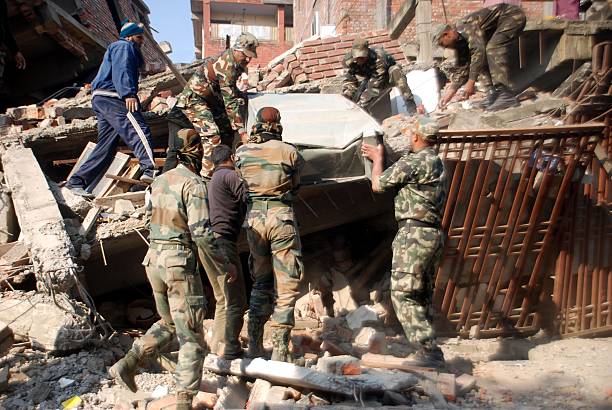
(Source: gettyimages)
- Inquiring about the building’s structural design and soil conditions.
- Hiring an independent structural expert to assess construction quality.
- Verifying compliance with IS codes that govern earthquake-resistant buildings.
Concrete buildings are generally expected to last around 50 years, but material quality and maintenance significantly impact their longevity. Regular inspections, after a decade and subsequently every five years—can help maintain safety standards.
The Larger Issue: Delhi’s Preparedness for a Major Earthquake
Experts warn that Delhi is not adequately prepared for a major earthquake disaster. Anubrotto Kumar (Dunu) Roy, Director of the Hazards Centre in New Delhi, has pointed out that the condition of buildings and infrastructure in Delhi-NCR is "very poor." Many unauthorized colonies and slums house millions in structurally weak buildings that do not adhere to construction norms, increasing the risk of severe casualties in the event of a large earthquake.
Roy emphasizes the need for building retrofitting and decentralized emergency response systems to enhance disaster resilience. Meanwhile, urban planning expert Anil Bansal stresses that rigorous enforcement of building codes, infrastructure retrofitting, and grassroots disaster preparedness programs are essential for mitigating seismic risks. While Delhi has policies in place, urgent and sustained action is required to prevent a future catastrophe.
By understanding these important factors, homebuyers in Delhi-NCR can make informed decisions when choosing earthquake-resistant high-rises. While technological advancements have improved building safety, awareness and due diligence remain key to ensuring a secure living environment in the face of seismic risks. The recent tremors serve as a stark reminder that proactive measures must be taken now before a major disaster strikes.

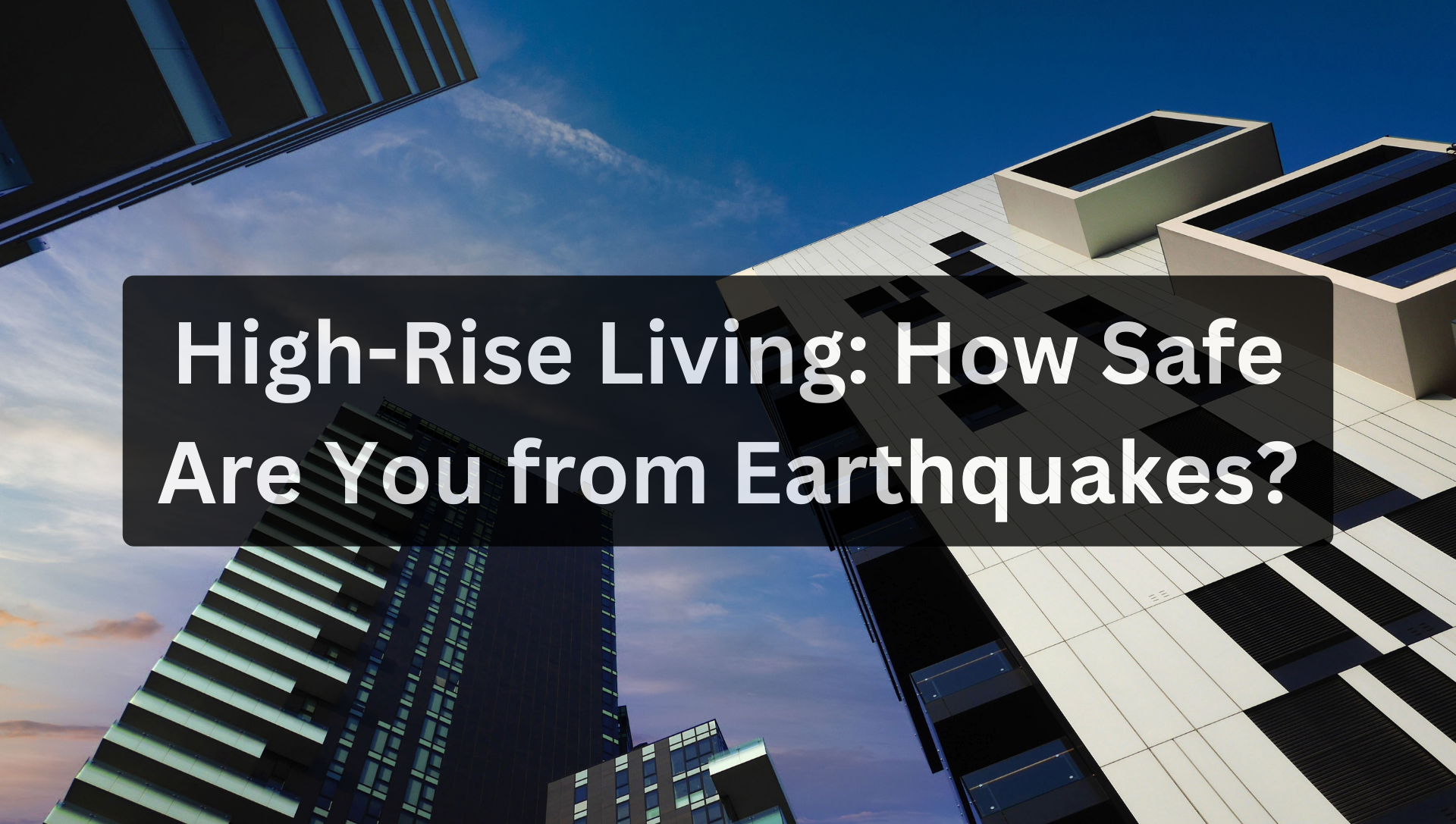
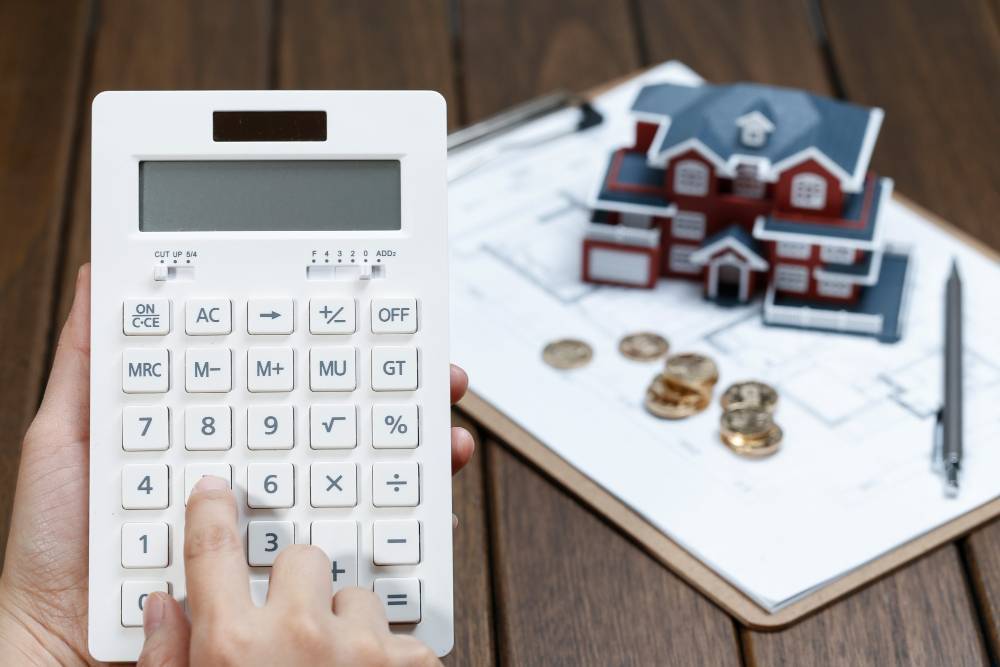
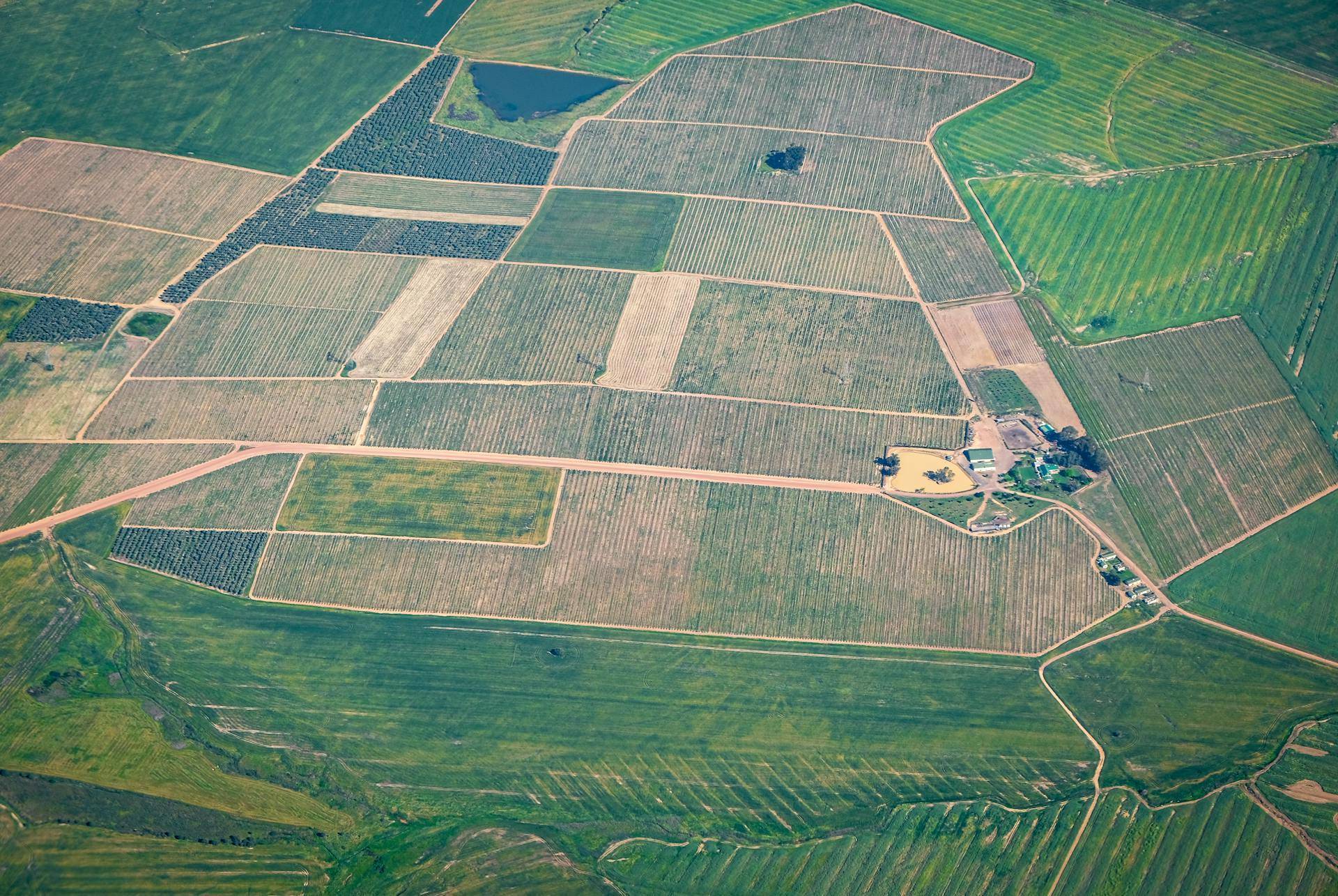
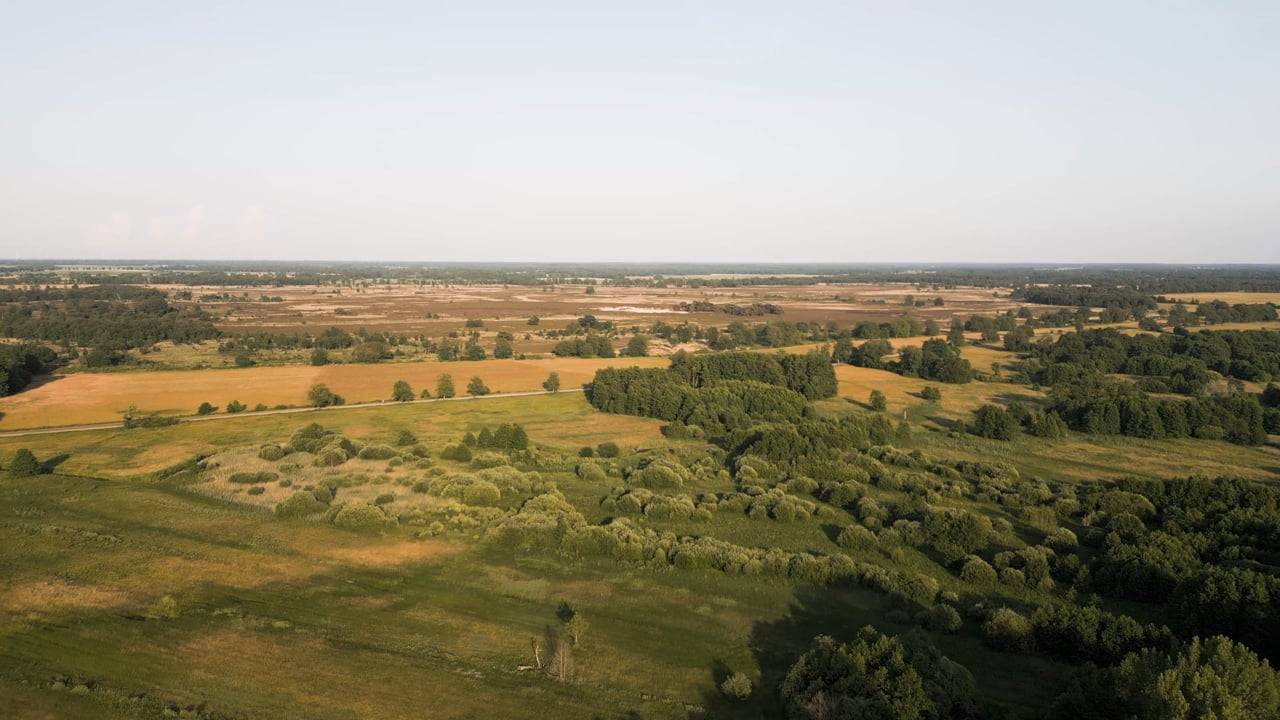

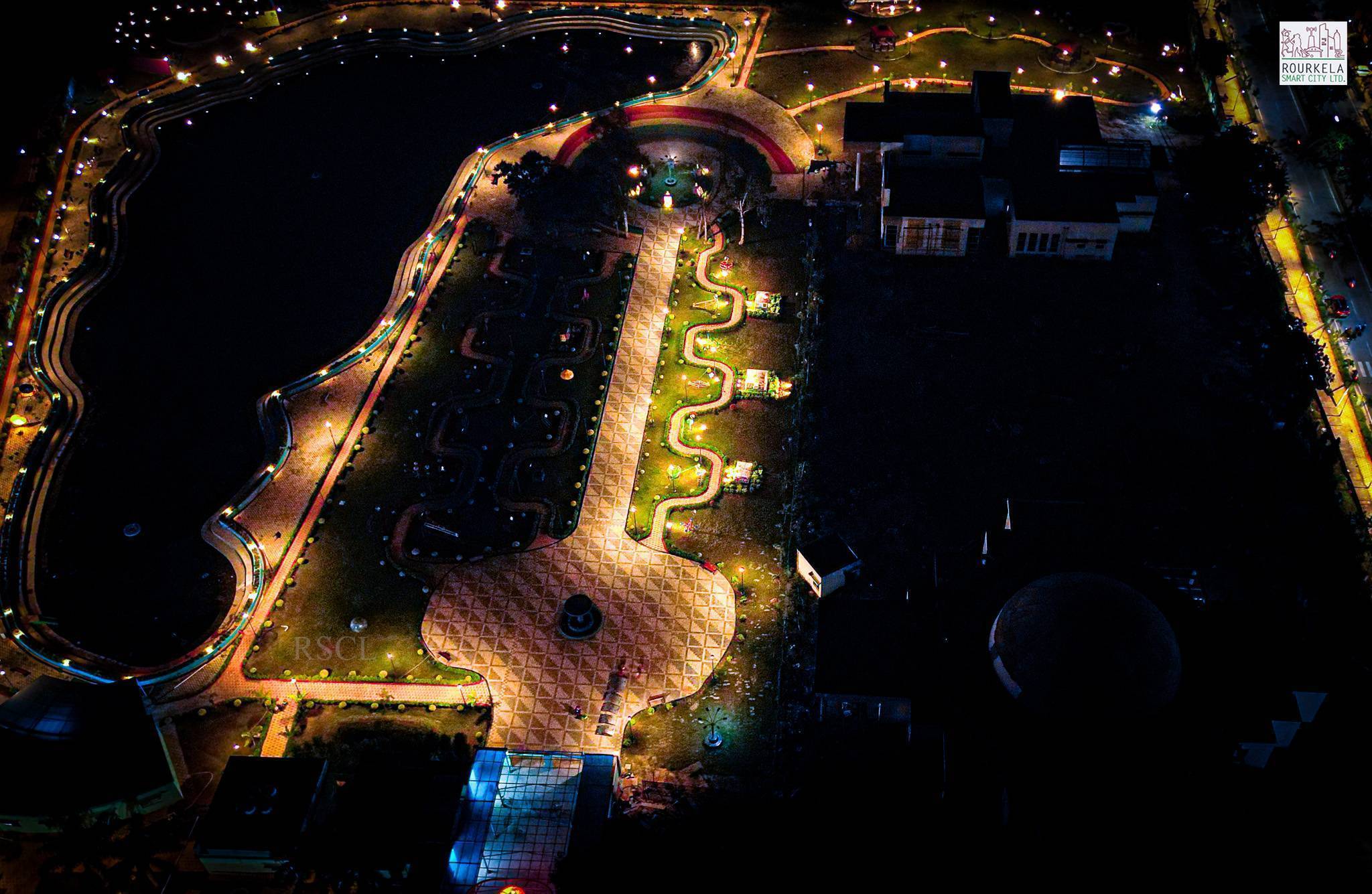

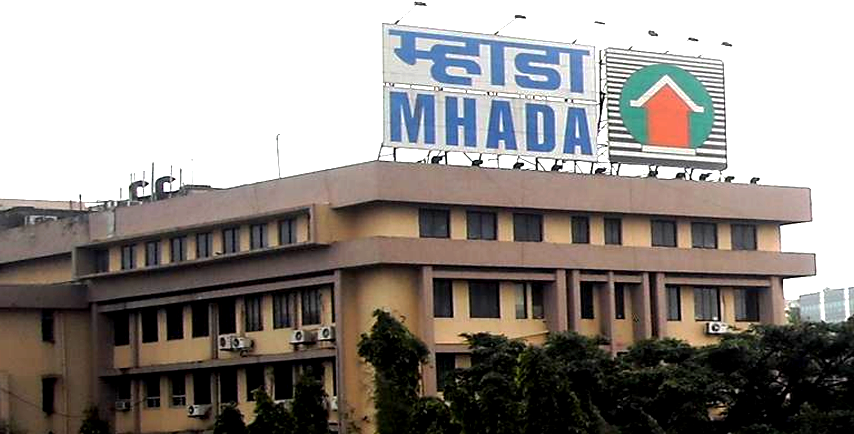
.png)